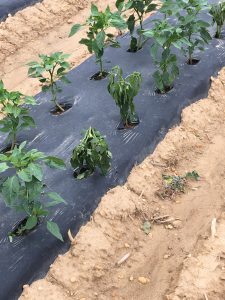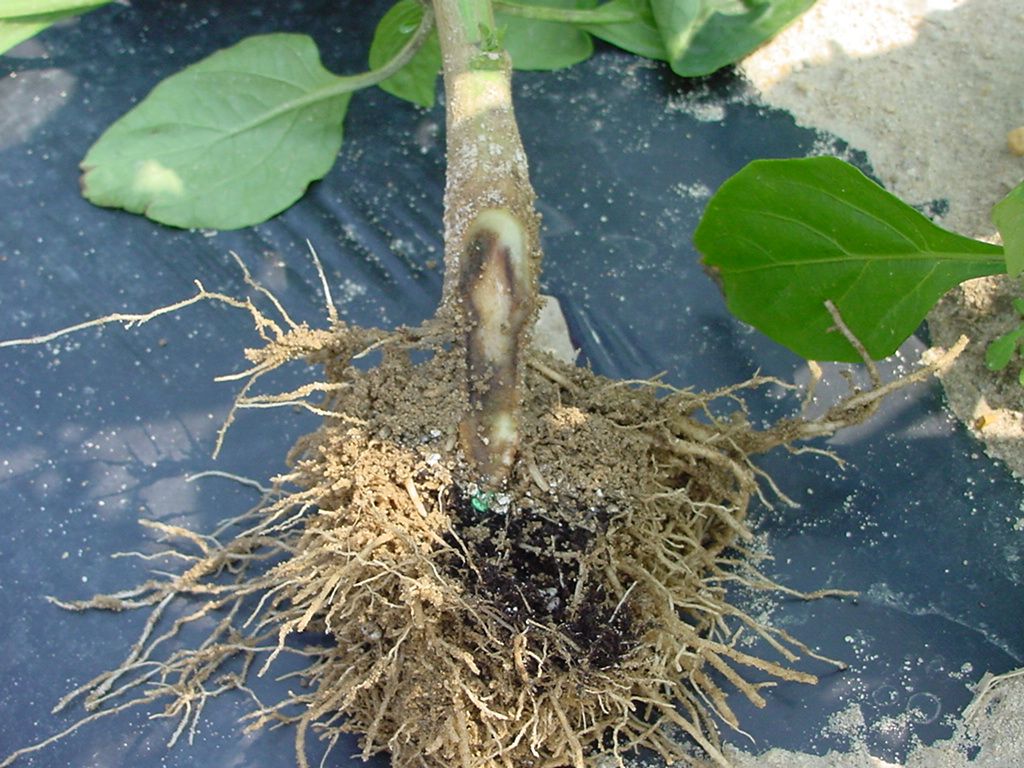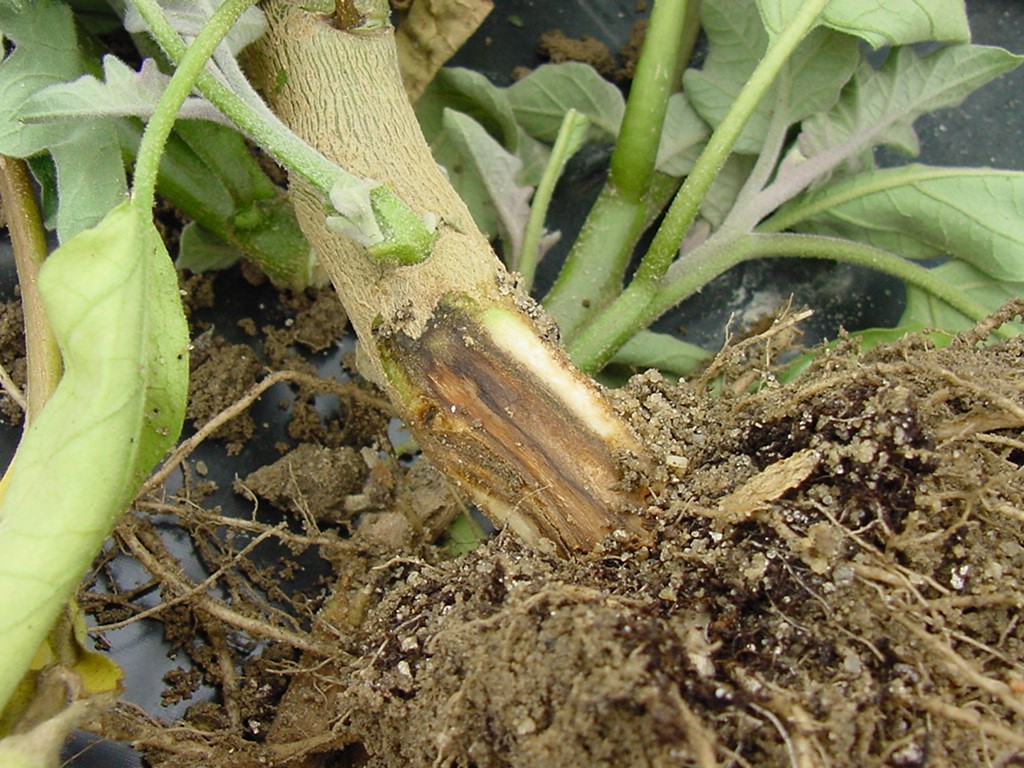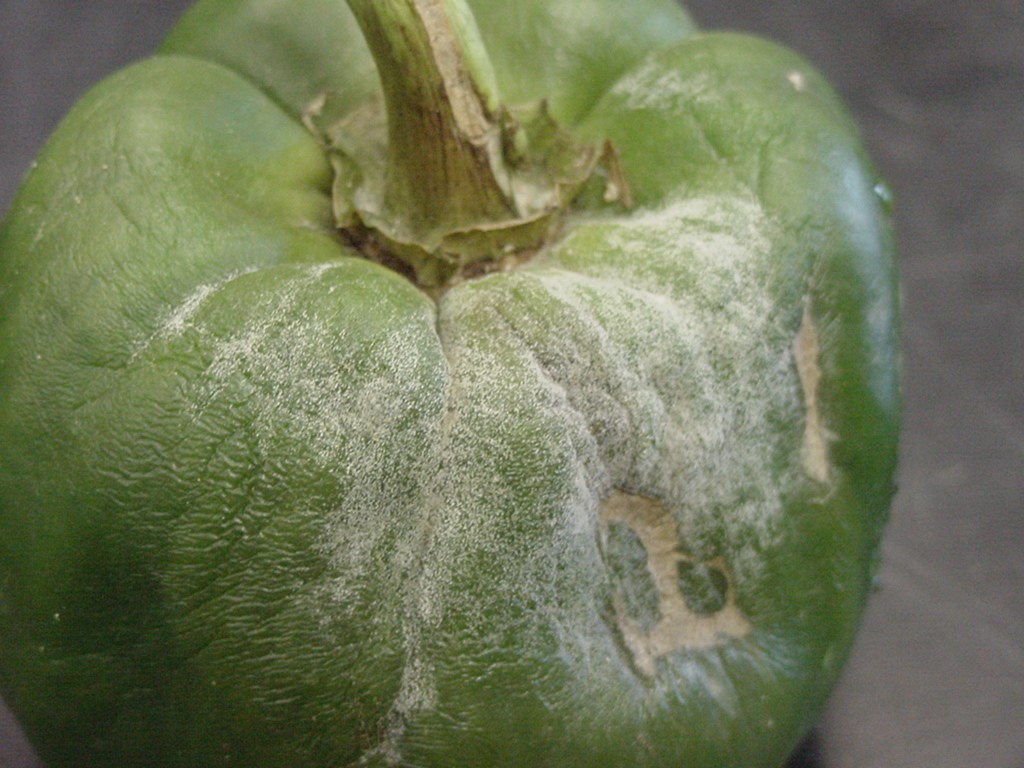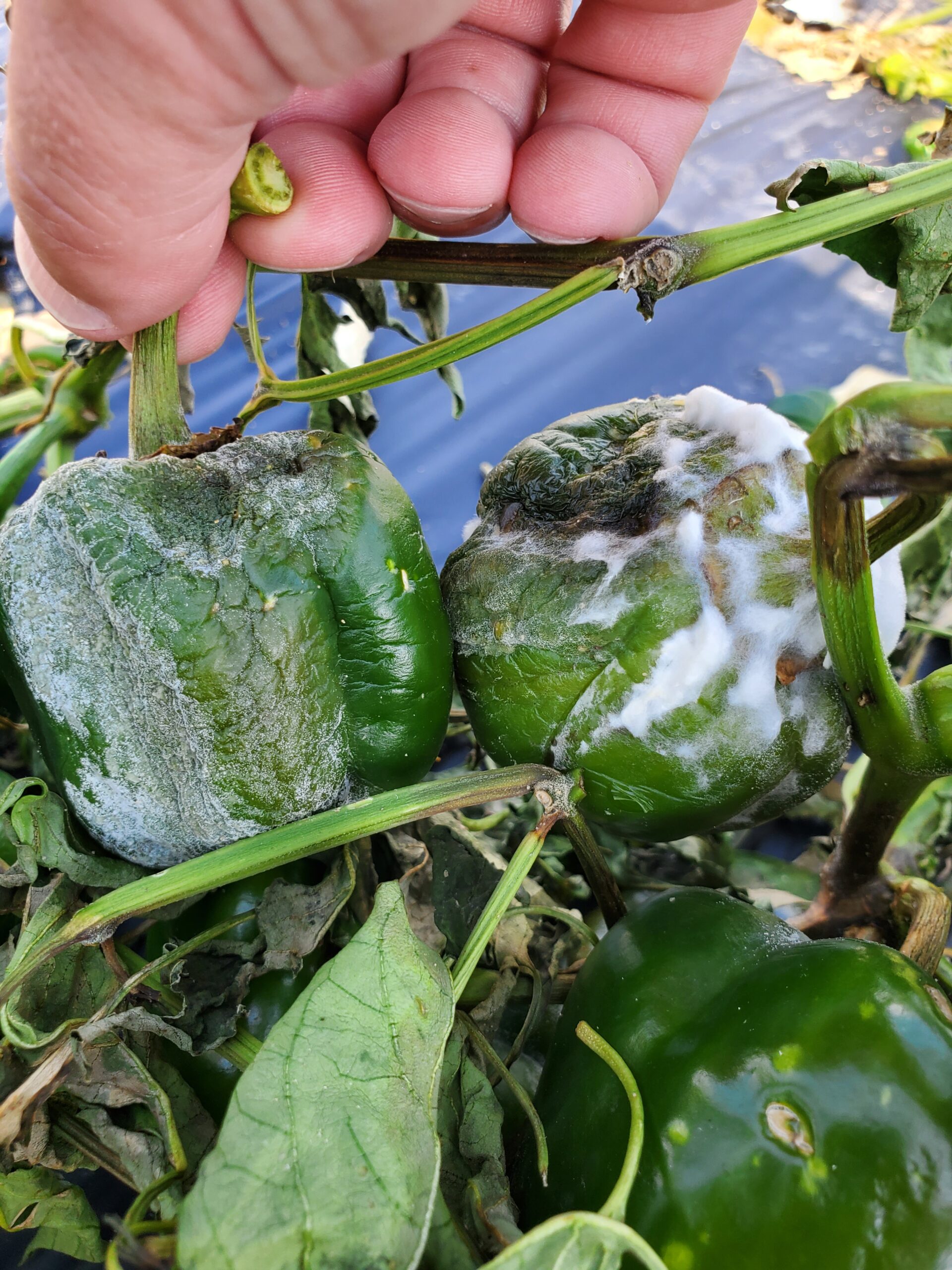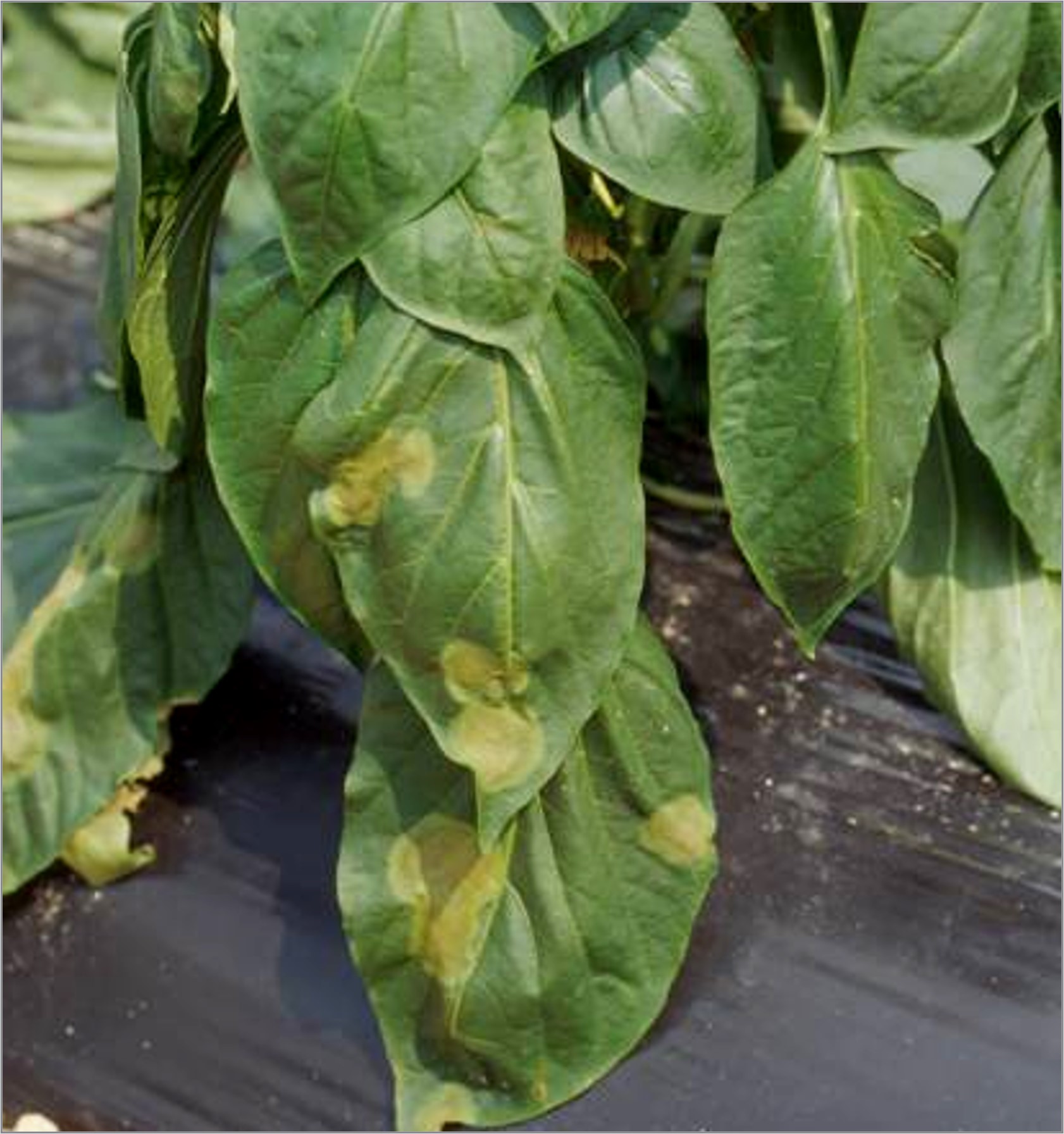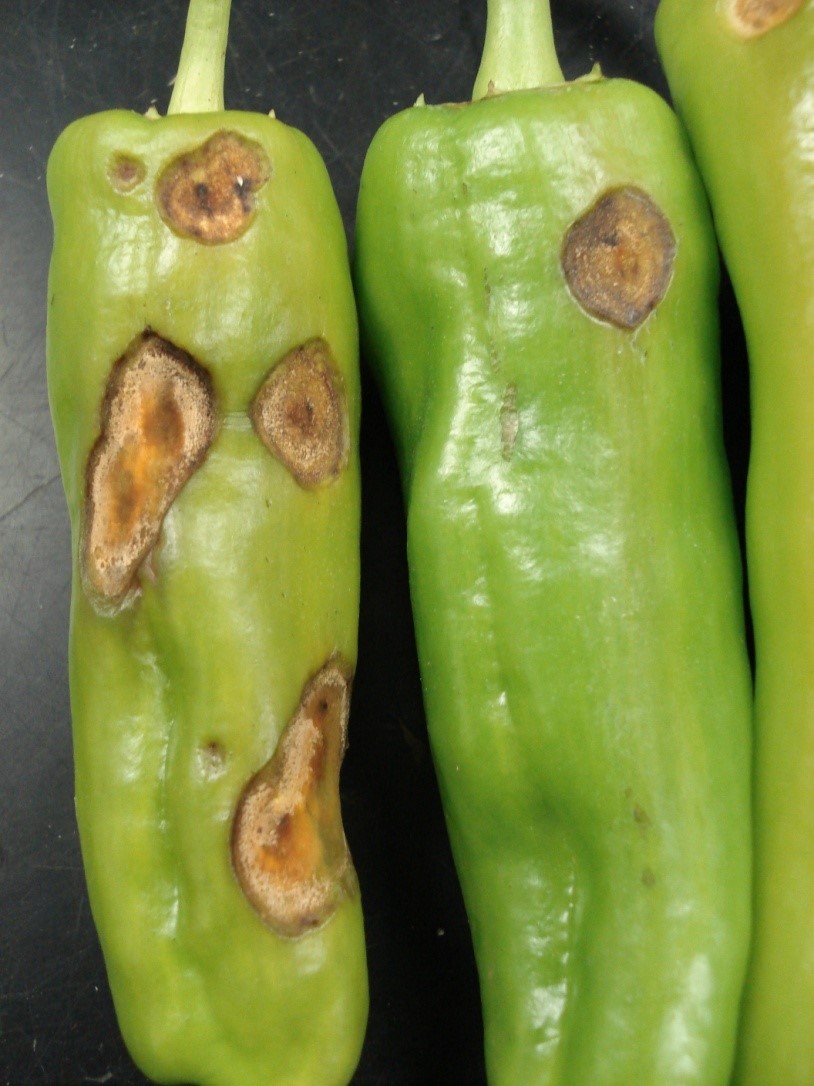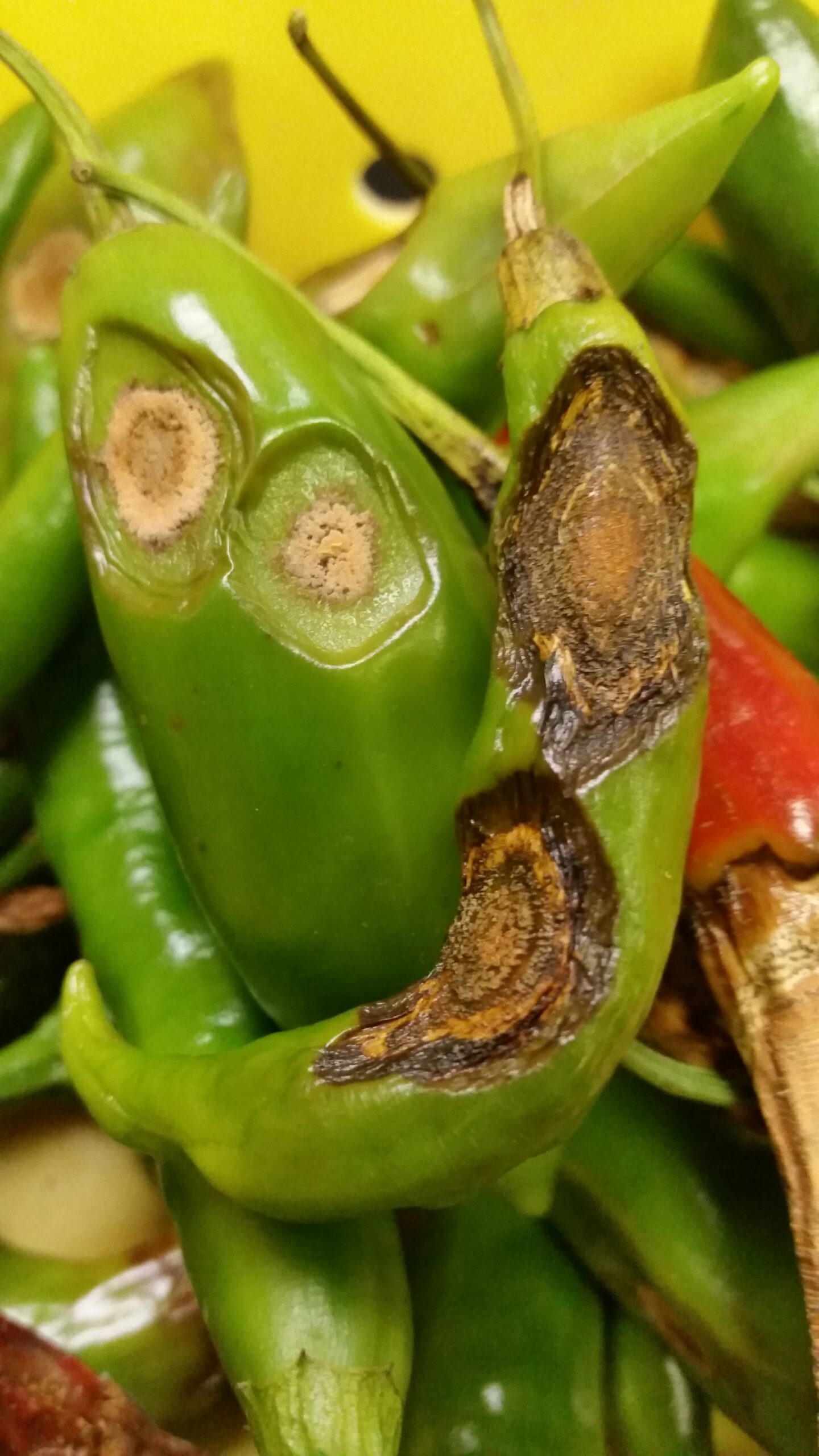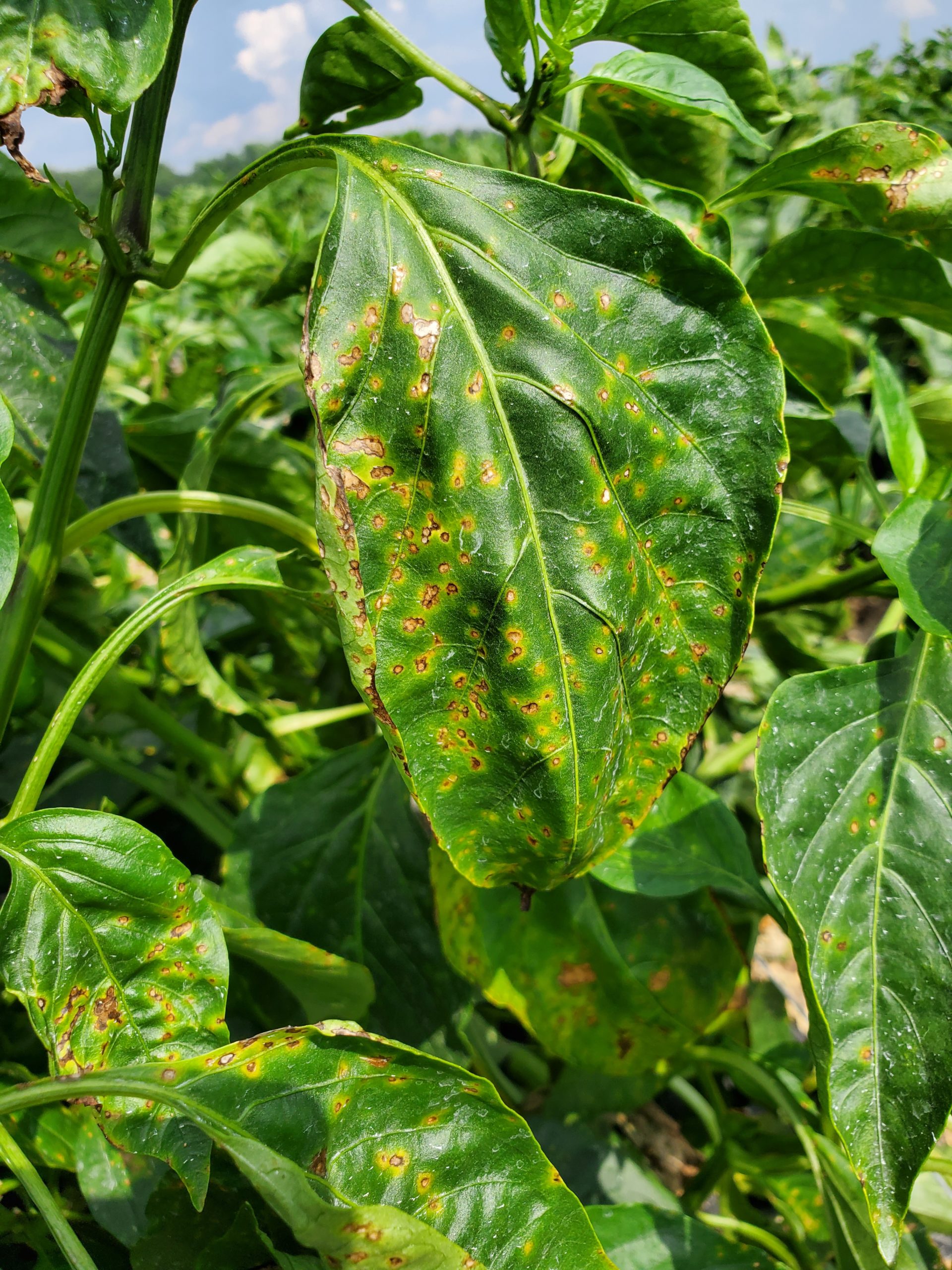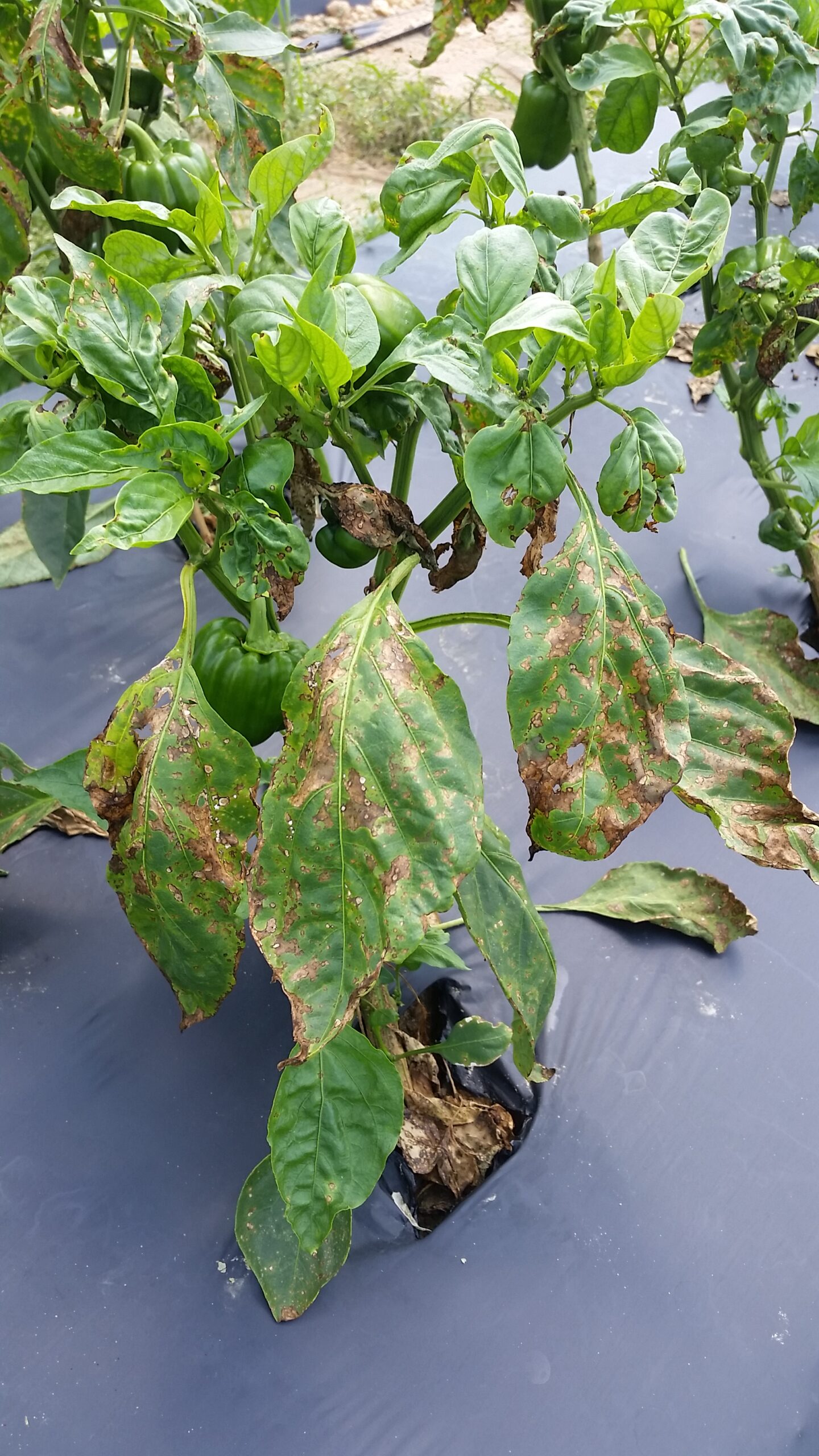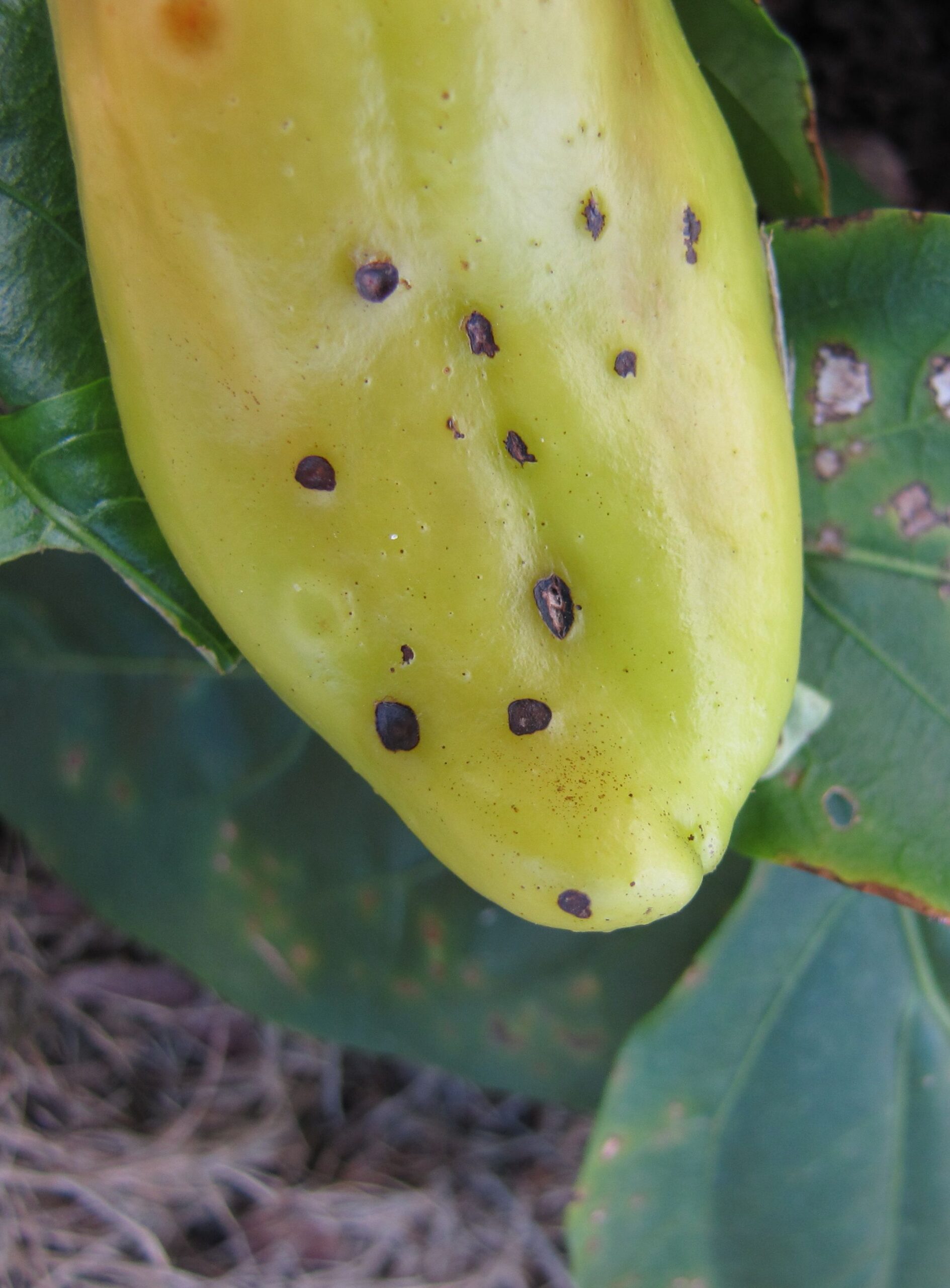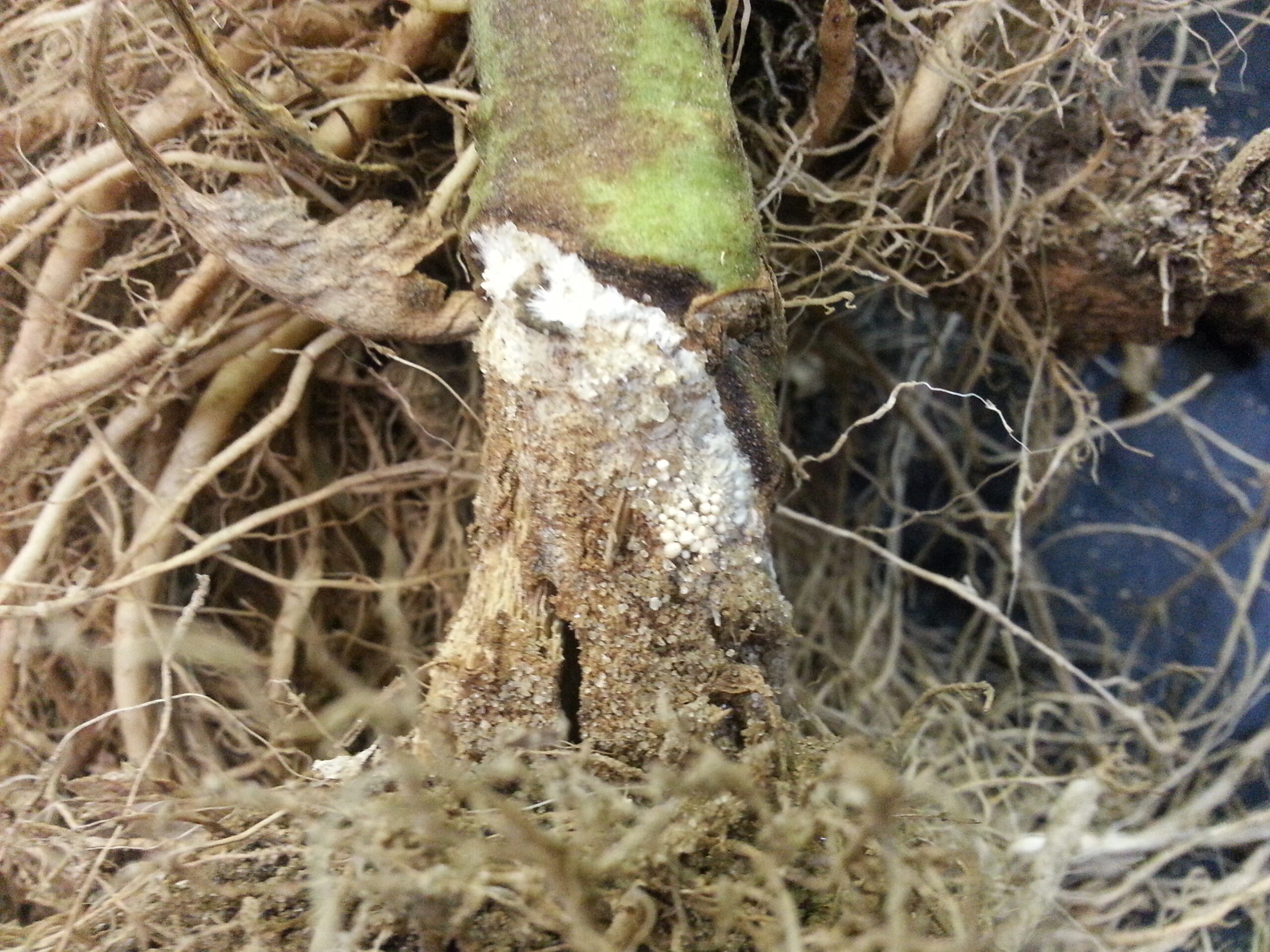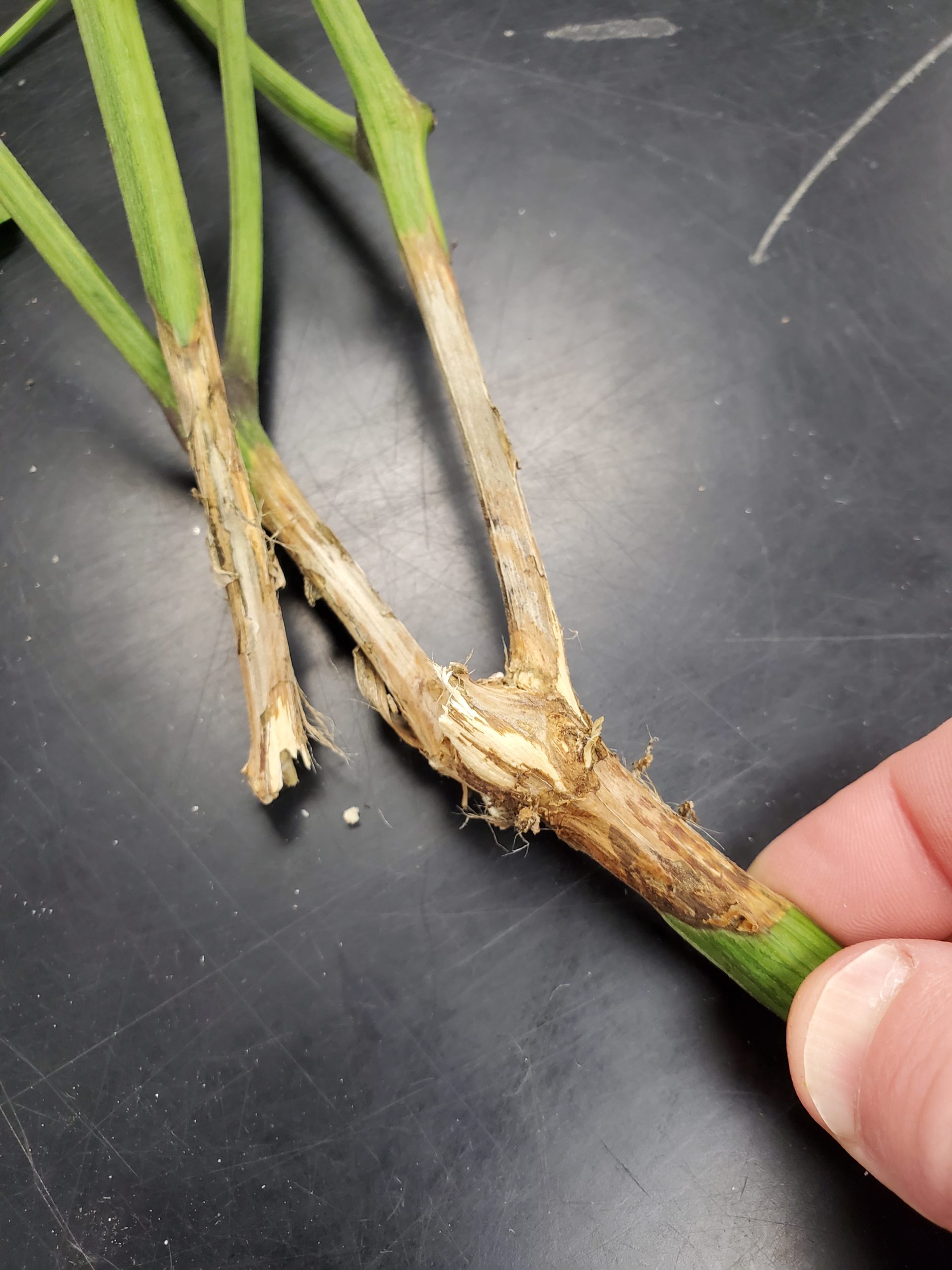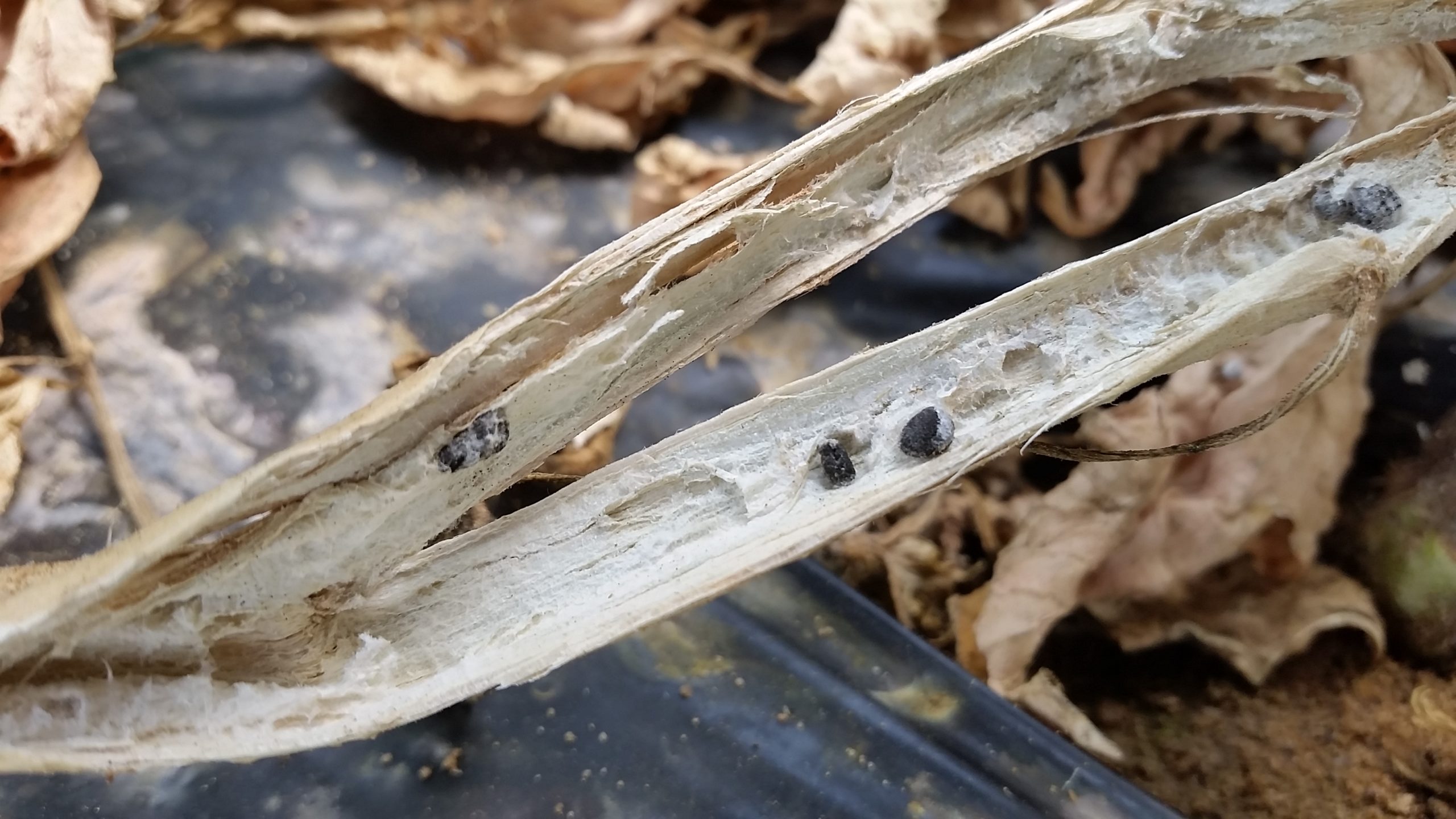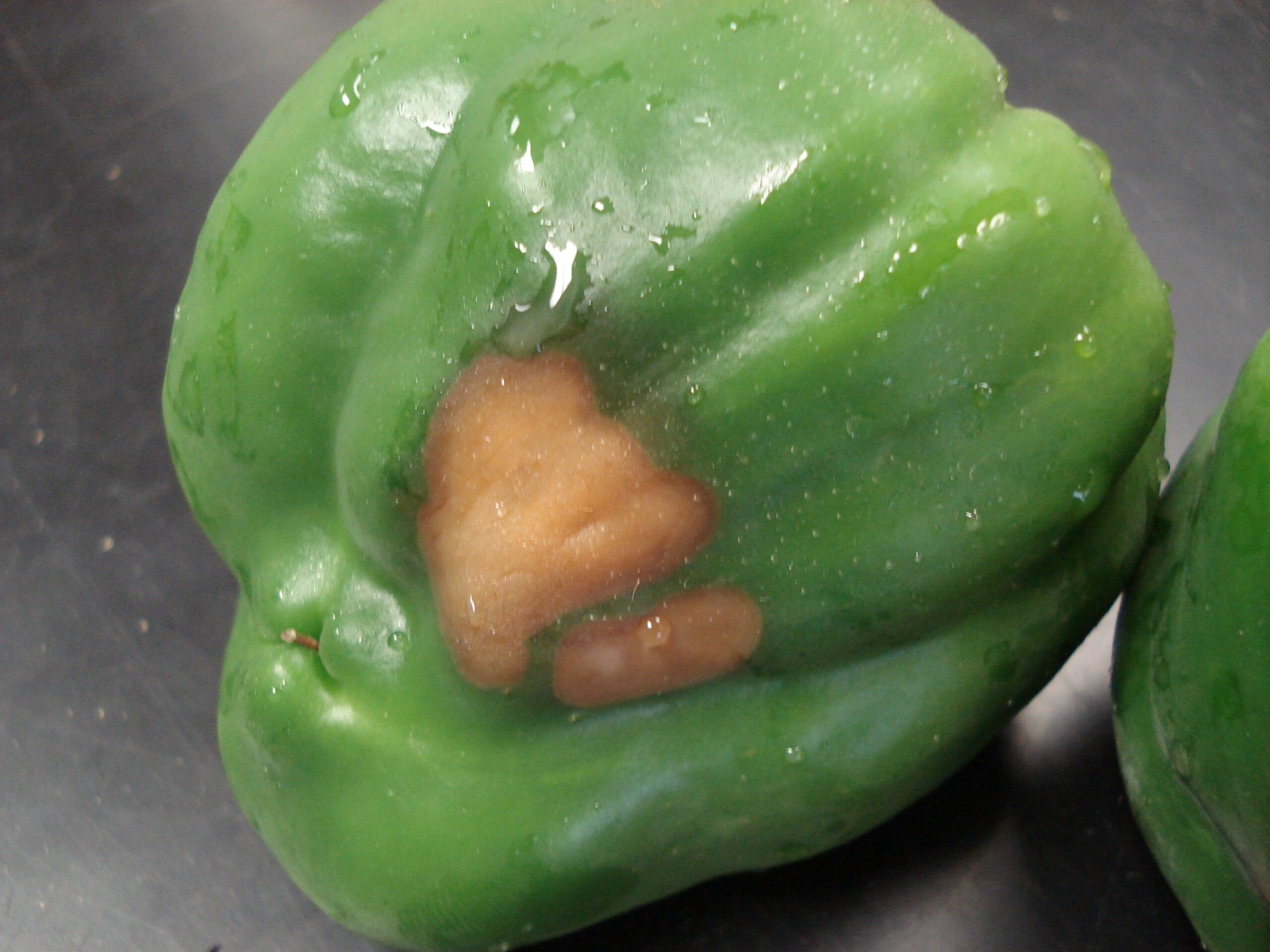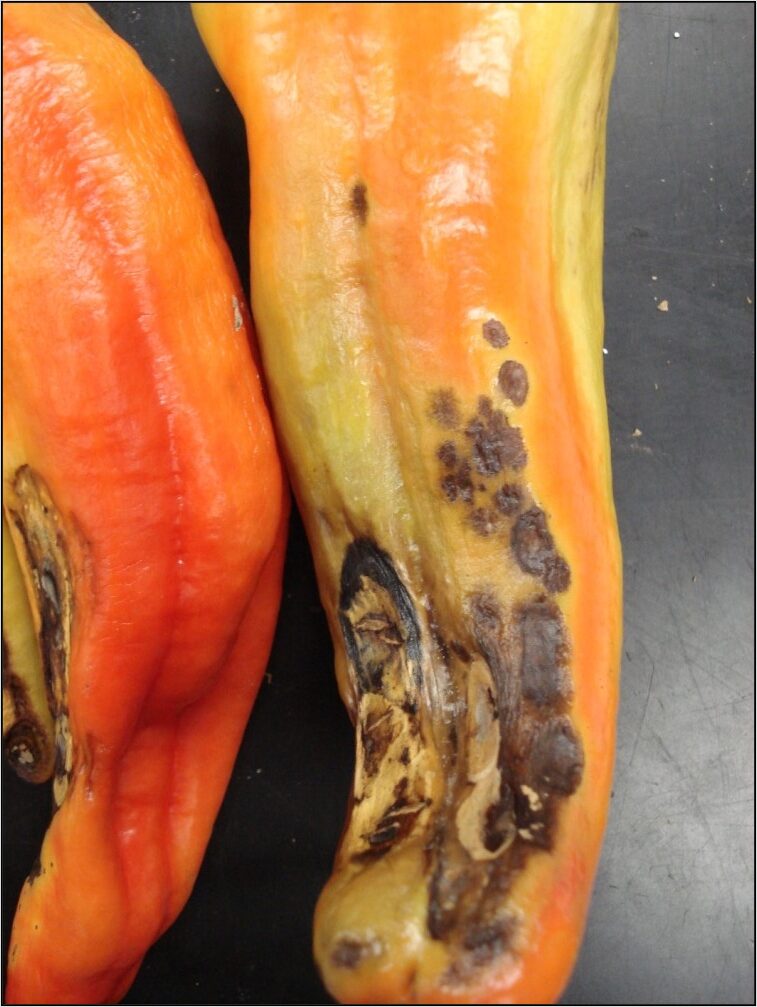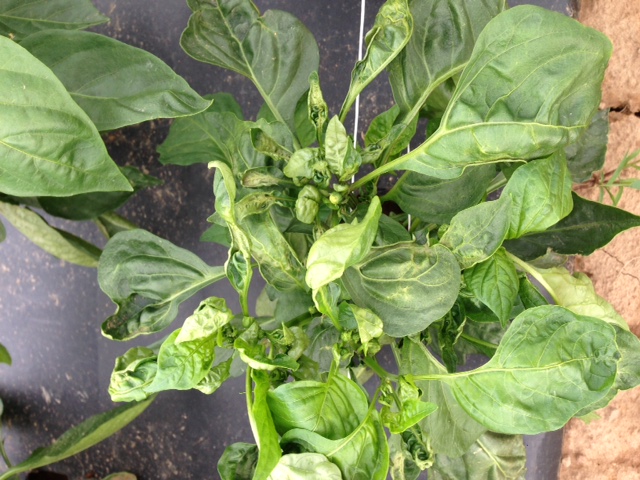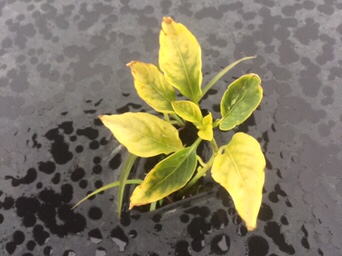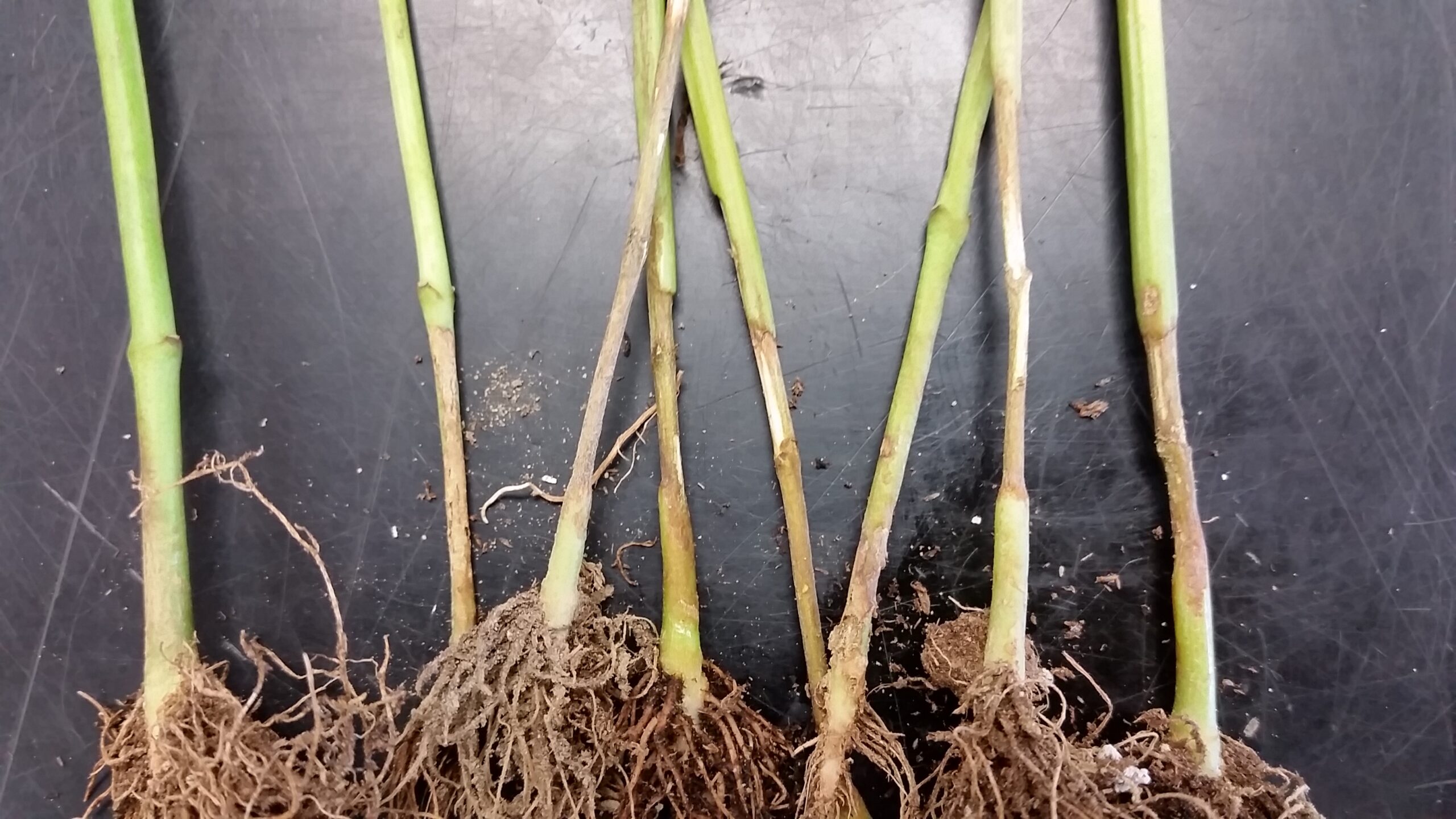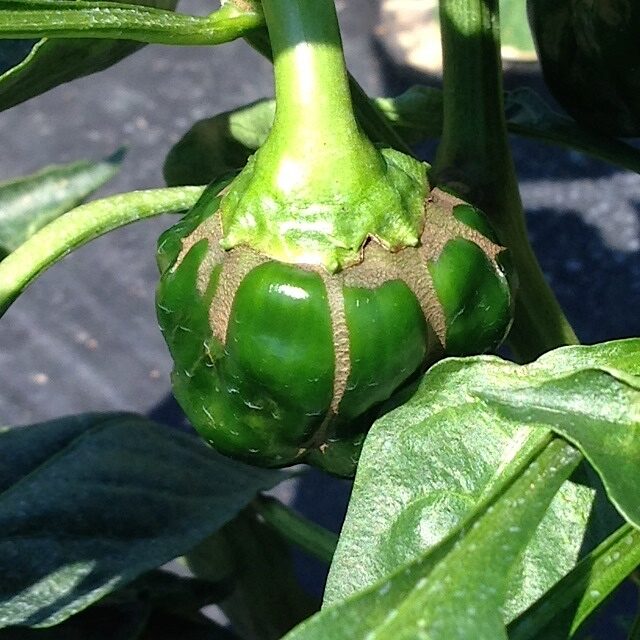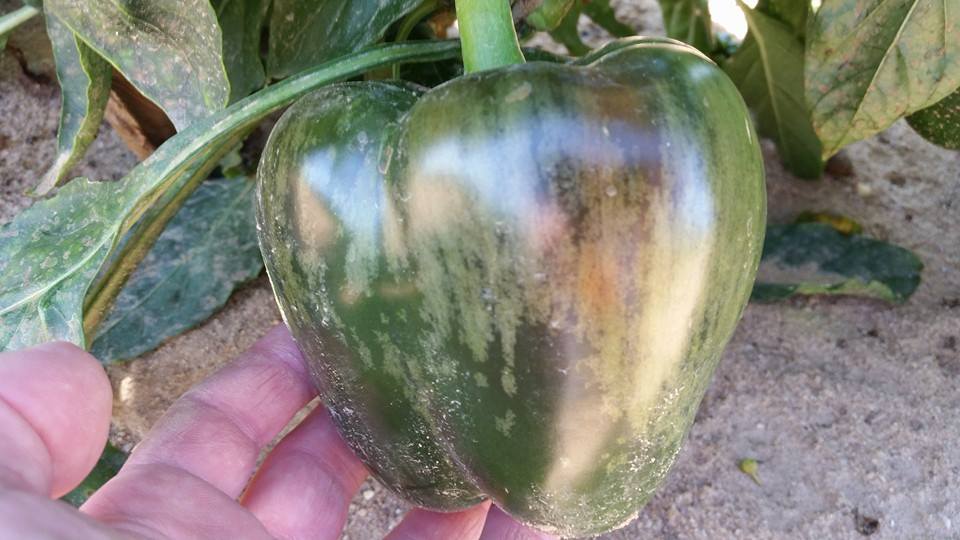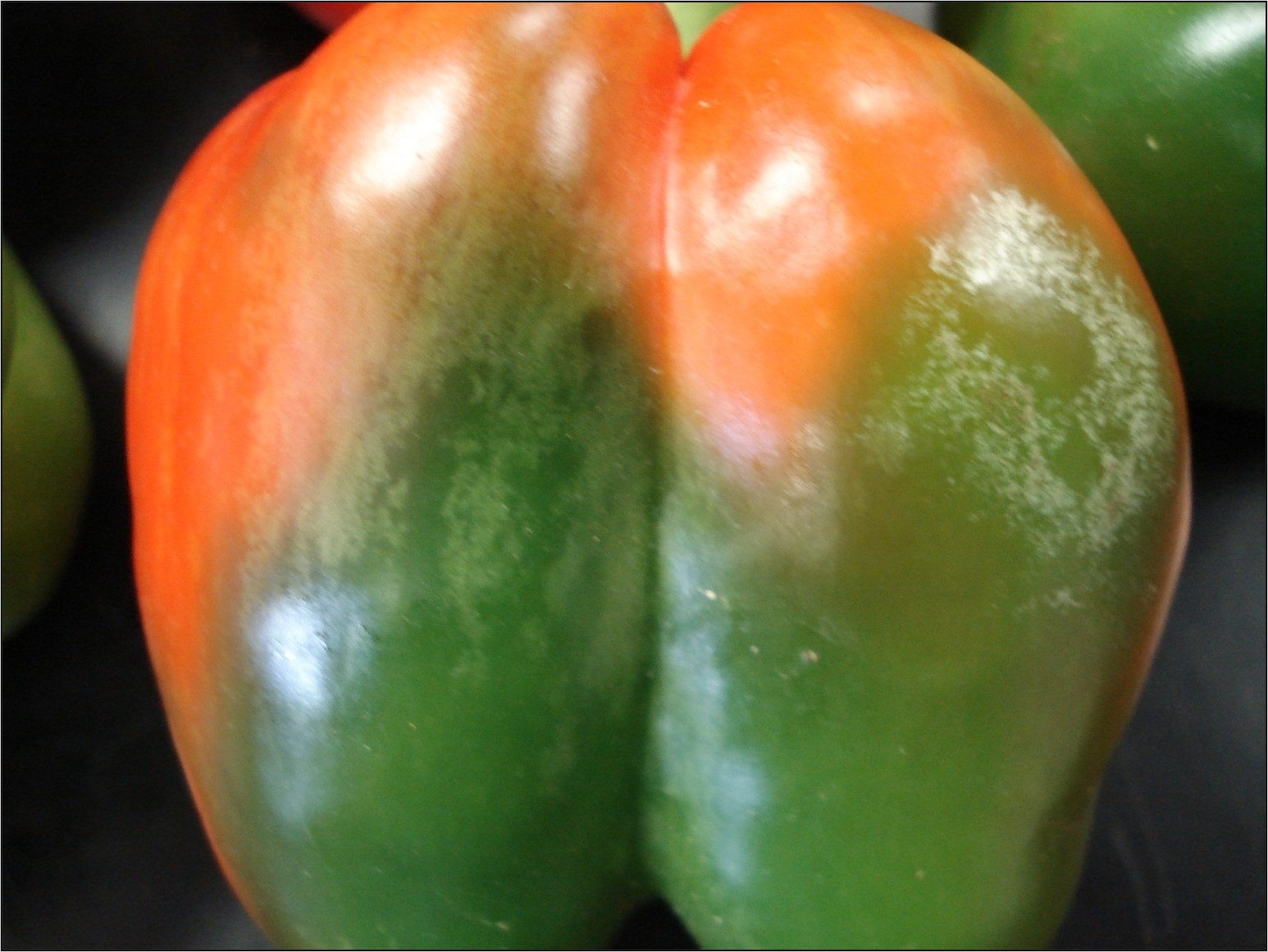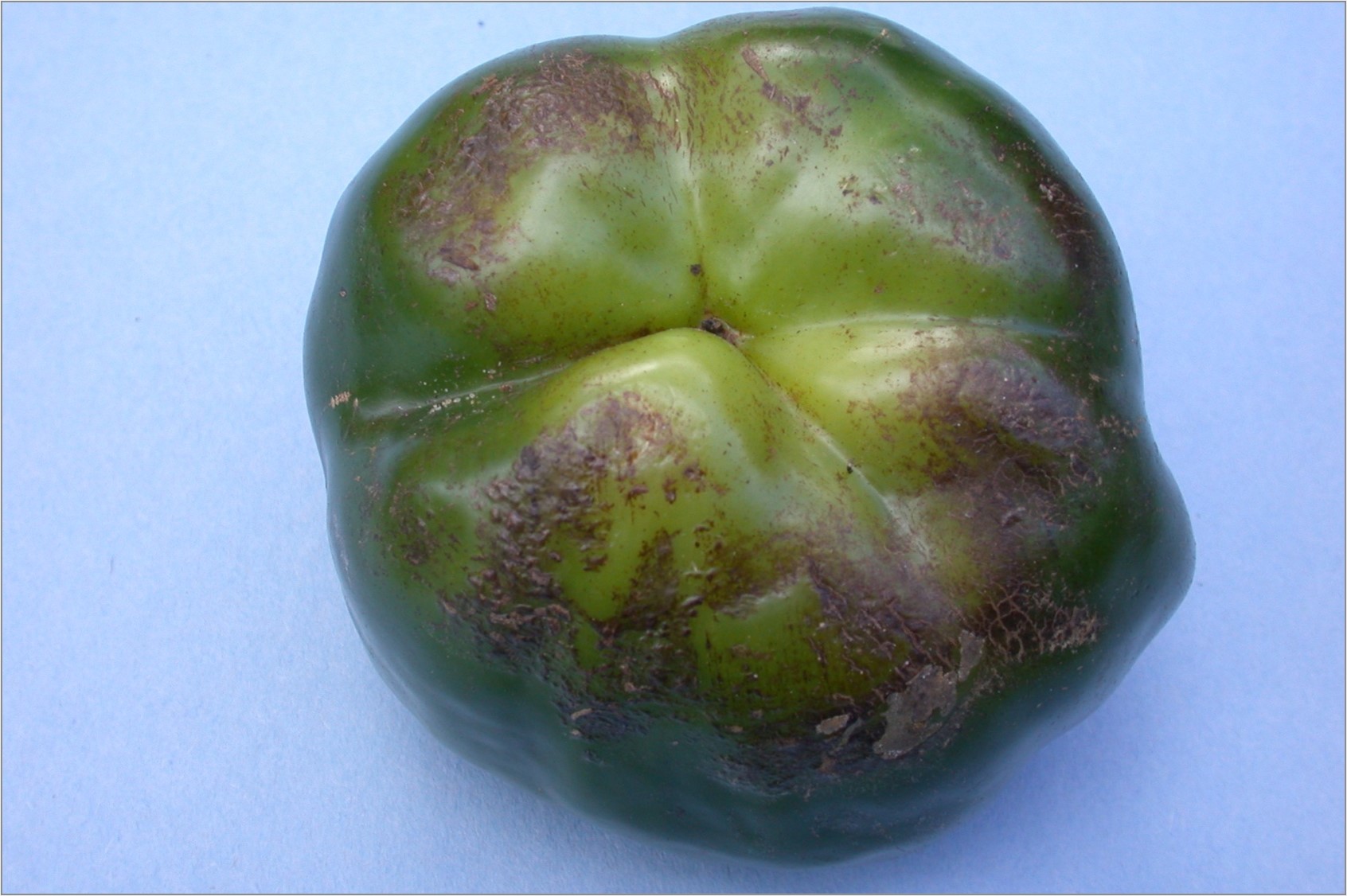Andy Wyenandt, Wesley Kline, and Kris Holmstrom
Collar Rot and Alternaria Stem Rot of Tomato
Collar rot (Alternaria linariae) or Alternaria stem rot (Alternaria alternata f. sp. lycopersici) of tomato are common in young tomato plants. Either can be particularly troublesome in seedlings that have been held in transplant flats for an extended period of time before transplanting in hot, humid greenhouses. Collar rot infections often start where a leaflet branch has been broken or pruned which allows a point of infection. Symptoms of Alternaria stem rot include brown circular to irregular lesions on stems with definitive concentric black rings (very similar to Early blight on infected leaves). Symptoms of Collar rot are similar and may or may not produce concentric black rings. Infections that start in the greenhouse may lead to losses in the field as stems become girdled causing the plant or branches to wilt and die. Most commercial tomato varieties have resistance to Alternaria stem rot. While resistance is lacking to Collar rot, growers should chose varieties with Early blight resistance. Fungicides used to control Early blight are also effective against Collar rot.
Symptoms of Collar rot in young tomato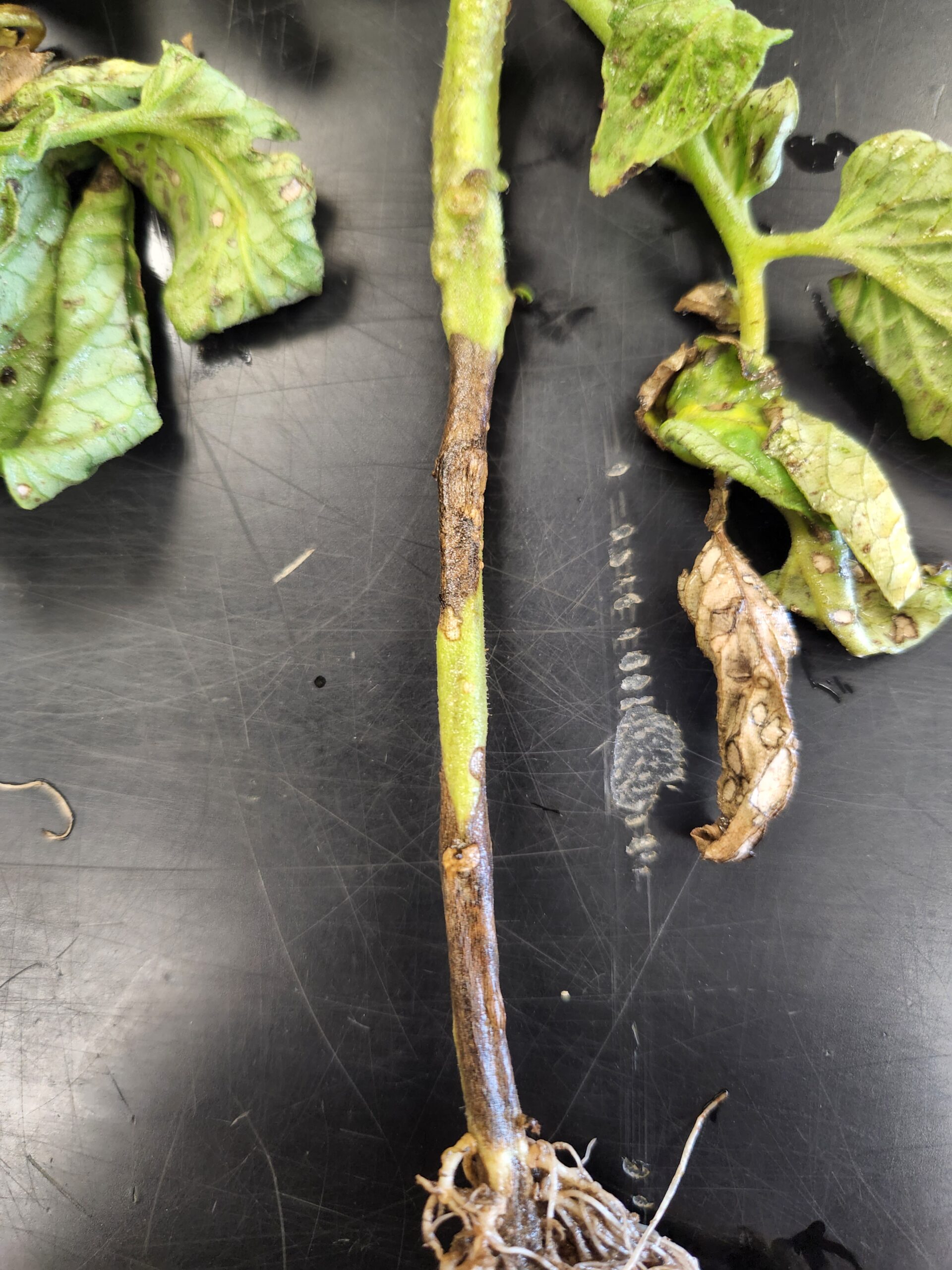 |
Diagnosing leaf diseases in sweet (and field) corn in the mid-Atlantic region
Dr. Alyssa Koehler, Field Crops Pathologist from the University of Delaware, recently posted a great diagnostic guide for important fungal leaf diseases in corn. Click here for more information. If you want to follow what is going on in Delaware you can sign up for their Weekly Crop Update by clicking here.
Vegetable Disease Update: 07-11-22
- White mold has been reported in tomato and Southern blight in pepper in southern new Jersey this past week. Click here for more information.
- Early blight is being reported in tomato.
- Rhizoctonia root rot has been reported in summer squash. Click here for more information.
- Powdery mildew has been reported in cucurbit crops. For more information on the control of CPM please click here.
- Cucurbit downy mildew has been reported on cucumber in southern and central New Jersey and Eastern PA. For more information on CDM control please click here.
- Bacterial leaf spot has been reported in pepper. More more information on BLS control please click here.
- Bacterial canker has been reported in tomato. For more information on diagnosing important tomato diseases please click here.
- Early blight has been reported on potato.
- Phytophthora blight has been reported on pepper. For more information please click here.
- Dickeya dianthicola has been reported in potato in Virginia and Massachusetts.
- The 2022/2023 Commercial Vegetable Production Recommendations Guide is available for free online or for sale in hardcopy form at many County offices.
- For a quick review on managing fungicide resistance development using tank mixes and fungicide rotations, and information on FRAC group 4, FRAC group 7, and FRAC group 3 and FRAC group 11 fungicides please click on hyperlinks.
Identifying and controlling leaf mold in high tunnel & greenhouse tomato production
Leaf mold occasionally appears in high tunnel or greenhouse tomato production in New Jersey. However, under ideal conditions the disease will develop in field-grown crops. The fungus will cause infection under prolonged periods leaf wetness and when relative humidity remains above 85%. If relative humidity is below 85% the disease will not occur. Therefore, the proper venting of high tunnels and greenhouses on a regular basis is important. The pathogen can survive (overwinter) as a saprophyte on crop debris or as sclerotia in the soil. Conidia (spores) of the fungus can also survive up to one year in the soil.
Important resources for cucurbit disease control in 2022
The cucurbit growing season is well under way in New Jersey and the rest of the mid-Atlantic region. Below are links to useful resources for the identification and management of important cucurbit diseases.
Diagnosing important diseases in cucurbit crops
Cucurbit Powdery and Downy Mildew: A Tale of Two Pathogens
The downy mildew forecasting website
Preparing for cucurbit downy mildew in 2022
Preparing for cucurbit powdery mildew in 2022
Preparing for Anthracnose and Alternaria Leaf Blights in Cucurbit Crops
Recognizing and controlling Angular leaf spot in cucurbits
Recognizing and controlling Plectosporium blight in cucurbits
Controlling Phytophthora and Pythium root rots
Destroying cucurbit plantings after harvest
